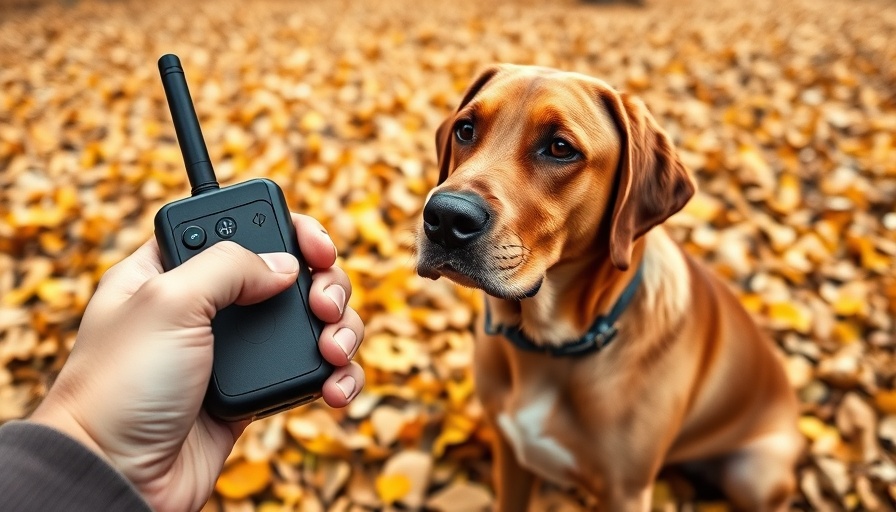
When Hiring a Dog Trainer Can Backfire
As loving dog owners, we often seek help from professionals when faced with our dogs’ behavioral problems. However, more often than not, hiring a trainer can be more detrimental than beneficial. Is your furry friend’s quirky behavior truly a problem requiring professional intervention, or is the real issue the training approach itself? This poignant question underlines the complexities of dog training and highlights the importance of choosing the right method.
Understanding the Unregulated Dog Training Industry
The dog training industry, unlike many other professions, lacks regulation. Anyone can call themselves a dog trainer, often without any required education or experience. With no standardization, how does a dog owner determine if the trainer’s methods will be beneficial—or harmful—to their furry companion? Many trainers showcase visually well-behaved dogs on social media as proof of their prowess, yet this can mislead innocent pet owners. Purchasing a dog trainer’s services should involve thorough vetting, as such choices directly impact our dogs’ wellbeing.
The Perils of Unqualified Trainers
The absence of consumer protection leaves dog owners vulnerable. If an individual presents themselves as a qualified trainer but lacks the necessary skills, it could spell disaster for dogs. Developing a trusting and productive relationship between owner and trainer is paramount, and if the trainer lacks competence, it can result in long-term behavior issues. Such issues may even lead to injuries or fatalities, highlighting the severity of the responsibility that comes when deciding to hire a trainer.
The Need for Professional Standards
Experts across dog training organizations advocate for regulations and licensure that would enforce minimum education and skills. With effective training and certification programs, dog owners would benefit from knowing their trainers have met recognized standards. Legislative measures have been proposed in different states, aiming to safeguard both dogs and their owners by implementing regulations that ensure safer training practices.
Choosing the Right Training Approach
Beyond just finding a certified trainer, owners must consider if the training style aligns with their needs and the nature of their dog. An important thing to take into account is the philosophy behind the training methods. An exclusive focus on positive reinforcement can sometimes neglect the reality of behavioral challenges that dogs present. It's essential to build a comprehensive approach that incorporates both positive reinforcement and a corrected response—elements every professional dog trainer must understand to cater to varying behavioral needs.
Examples of Diverse Dog Training Approaches
Consider two contrasting cases: one with an overly aggressive pit bull and another with a seemingly docile Labrador. While the pit bull undergoes transformation through dedicated training, the lab continues to exhibit issues largely owing to a lack of engagement from its owner. The success of these training journeys boils down to the involvement and understanding of the owners in the training process. In each case, it serves to underline the collaborative relationship necessary in effectively changing a dog’s behavior.
Fostering a Healthy Dog-Owner Relationship
Your dog isn’t just a pet—it’s a nuanced partner requiring your understanding and commitment. Emphasizing the bond between you and your dog, continuous involvement in their training can reinforce positive behavior as well as alleviate behavioral issues. Training isn’t a one-off cost that you can outsource; it necessitates dedication and active participation from the owner. Choosing to remain engaged, attend training sessions, and foster growth together will yield more enduring results in your pet's behavior.
Conclusion: The Path Forward to Responsible Dog Ownership
The journey toward training your dog should be informative, engaged, and collaborative. It demands due diligence, respect for the unique needs of each dog, and a commitment to nuanced behavioral understanding. By taking the time to research, interview potential trainers, and remain active in your dog’s training, you can work to foster the healthy relationship every dog owner aspires to have with their canine companions. Remember, ultimately, you are your dog’s best advocate.
Ultimately, choosing the right trainer is crucial. A good trainer will understand and respect the individual needs of your dog while ensuring a positive experience. Continue researching reputable trainers and be sure to ask the right questions during interviews. The path to a well-adjusted dog starts with a knowledgeable, dedicated trainer who aligns with your values as a dog owner.
 Add Row
Add Row  Add
Add 




Write A Comment